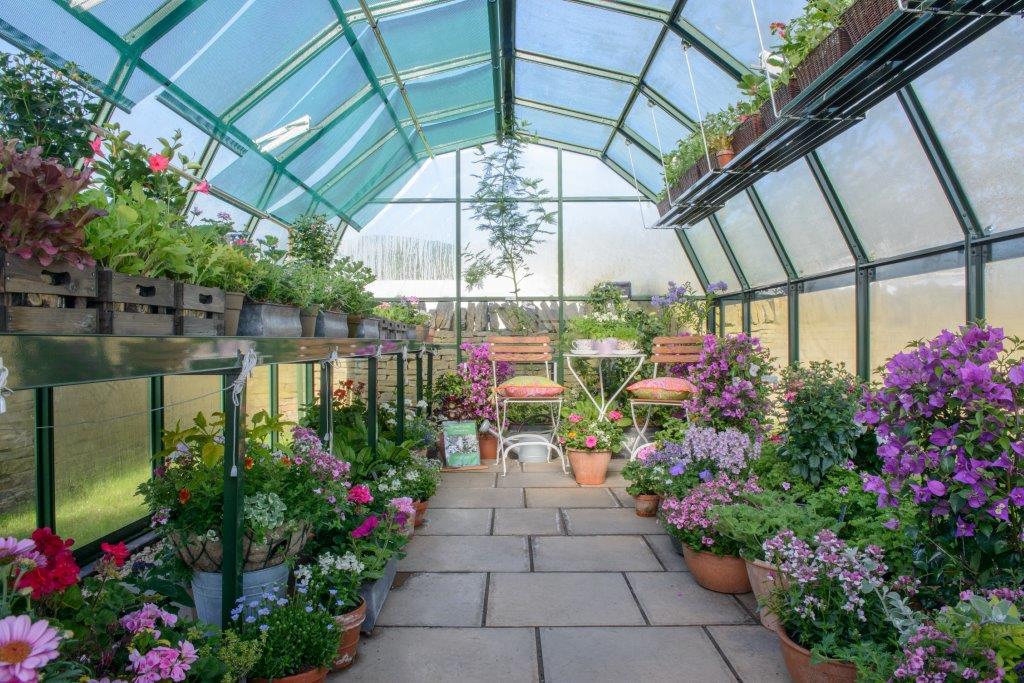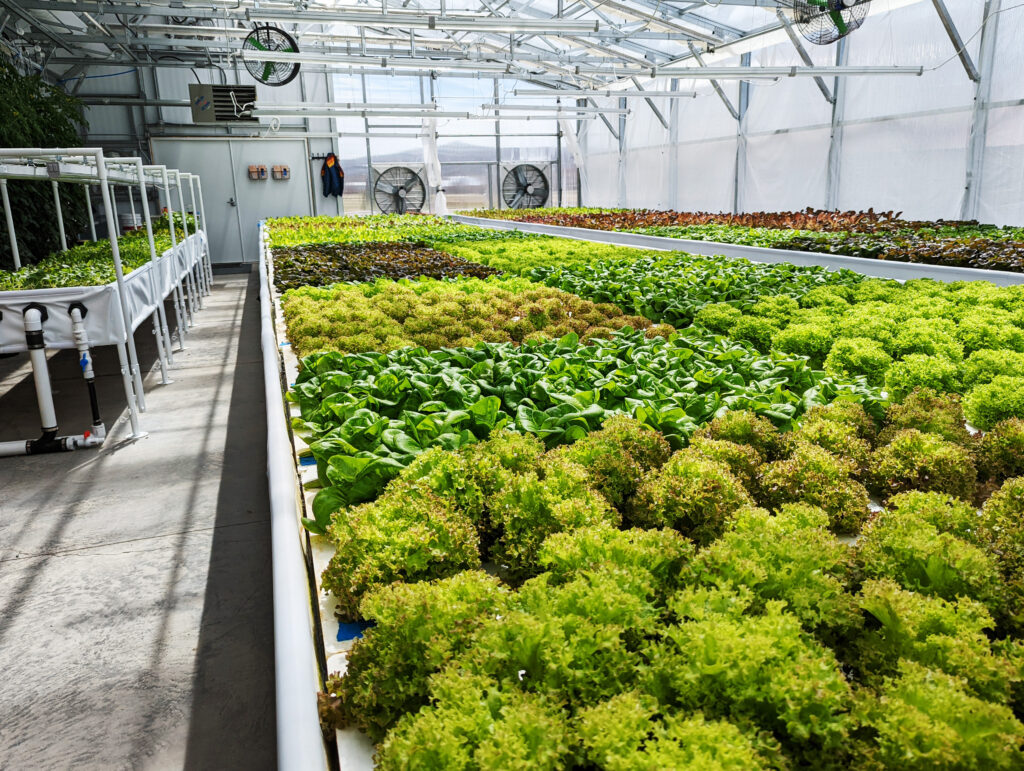Tailored to Excellence: Monarch Custom Greenhouse Utah Workmanship
Wiki Article
The Future of Greenhouses: Developments in Lasting Farming
Are you curious regarding the future of greenhouses and exactly how they are changing lasting farming? From innovative climate control systems to vertical farming strategies, water-efficient watering approaches, eco-friendly power combination, and smart information analytics, these improvements are changing the method we grow our food.Advanced Environment Control Solution
To achieve optimum expanding conditions, you can rely upon the innovations in greenhouses with innovative climate control systems. These systems have actually changed the means we cultivate plants, offering a controlled atmosphere that is conducive to plant development. With these ingenious systems, you can currently adjust temperature, moisture, light levels, and also CO2 focus to develop the best conditions for your plants to grow.One of the vital functions of these advanced environment control systems is their capability to manage temperature. By utilizing sensors and automated controls, the greenhouse can change the temperature based upon the specific requirements of the plants. This guarantees that they are never revealed to extreme warmth or chilly, which can be destructive to their growth.
Moisture control is one more essential facet of these systems. By maintaining the ideal moisture degrees, you can avoid concerns such as mold, mildew, and disease from affecting your crops. These systems can likewise manage the amount of light that reaches the plants, making sure that they receive the ideal quantity for photosynthesis.
Furthermore, advanced environment control systems can even adjust CO2 focus. By enhancing the degrees of carbon dioxide in the greenhouse, you can improve plant growth and efficiency. This is specifically advantageous in areas with low all-natural carbon dioxide degrees.
Upright Farming Techniques
One crucial upright farming technique is using stacked growing systems. Monarch Greenhouse installation Utah. These systems involve organizing plants in several layers, vertically stacked on top of each other. By utilizing vertical space, farmers can maximize their plant return without calling for added land. Stacked expanding systems are commonly used in urban locations where space is restricted.One prominent technique is called vertical hydroponics, where plants are expanded in nutrient-rich water without dirt. This strategy is very reliable as it minimizes water usage by as much as 90% compared to conventional farming methods. Additionally, considering that the plants are grown indoors, they are shielded from parasites and illness, lowering the requirement for chemicals.
One more method is aeroponics, which involves putting on hold the plant roots in a mist or air atmosphere. This method permits for ideal nutrient absorption and oxygenation, resulting in faster development and higher yields. Aeroponics also makes use of less water than typical farming and can be carried out in vertical systems, making it a preferred option for vertical farming.
Water-efficient Watering Methods
Maximizing water preservation is vital when it concerns applying water-efficient irrigation approaches in sustainable farming. With worldwide water scarcity ending up being a pushing issue, it is critical to establish cutting-edge techniques that enhance water use in greenhouse operations.One encouraging method is drip watering, which supplies water directly to the plant origins, reducing waste and dissipation. By utilizing a network of tubes with small emitters, water is applied gradually and specifically, making certain that plants receive the needed dampness without excess drainage.
An additional effective method is using dirt dampness sensors. These devices measure the wetness material in the dirt and give real-time information to farmers. By keeping track of the soil's dampness degrees, farmers can properly identify when and exactly how much water to apply, stopping over-irrigation.
In addition, the application of rainwater harvesting systems is obtaining popularity in greenhouse farming. Collecting rainwater from roofs and keeping it in tanks enables farmers to use this natural deposit for watering functions, decreasing dependence on traditional water sources.
Finally, the fostering of automated irrigation systems can considerably boost water efficiency. These systems utilize sensing units to detect soil wetness levels and weather condition problems, readjusting irrigation schedules accordingly. By maximizing water usage based on actual plant requirements, these systems can minimize water waste and advertise sustainable farming techniques.
Renewable Energy Combination
Renewable power integration in greenhouses supplies a number of advantages, consisting of decreased running expenses and lowered reliance on non-renewable power resources. The produced power can then be utilized to run numerous procedures within the greenhouse, such as lighting, heating, and air flow systems. These turbines harness wind power and transform it right into electricity, which can be used to supplement the energy requirements of the greenhouse.Smart Data Analytics and Automation
To enhance the effectiveness of your greenhouse procedures and maximize source application, consider executing wise data analytics and automation. Smart data analytics includes collecting and examining data from different sensors and gadgets within your greenhouse.
Automation, on the various other hand, entails making use of modern technology to automate jobs that were formerly done by hand. This can consist of automating the control of lights, air flow, irrigation systems, and nutrient delivery. By automating these processes, you can ensure that your plants obtain the right problems and nutrients at the correct time, without the demand for continuous hands-on intervention. This not only conserves you time and effort but also reduces the threat of human mistake.
Moreover, smart information analytics and automation can function together synergistically. The information gathered by sensors can be made use of to notify computerized systems, enabling them to make real-time adjustments based upon the present conditions. This assimilation of data analytics and automation can lead to a lot more efficient and specific resource appropriation, eventually causing higher returns and far better plant high quality.
Final Thought
To conclude, the future of greenhouses in sustainable agriculture looks appealing. With sophisticated environment control systems, upright farming strategies, water-efficient irrigation methods, and renewable energy integration, greenhouses Monarch Commercial Greenhouse Utah are becoming much more efficient and eco-friendly. Additionally, the usage of wise information analytics and automation better improves efficiency and lowers waste. These developments are leading the way for an extra lasting and efficient agricultural market, making certain a greener and healthier future for all.
By maximizing water usage based on actual plant demands, these systems can lower water waste and advertise sustainable farming practices.

Report this wiki page